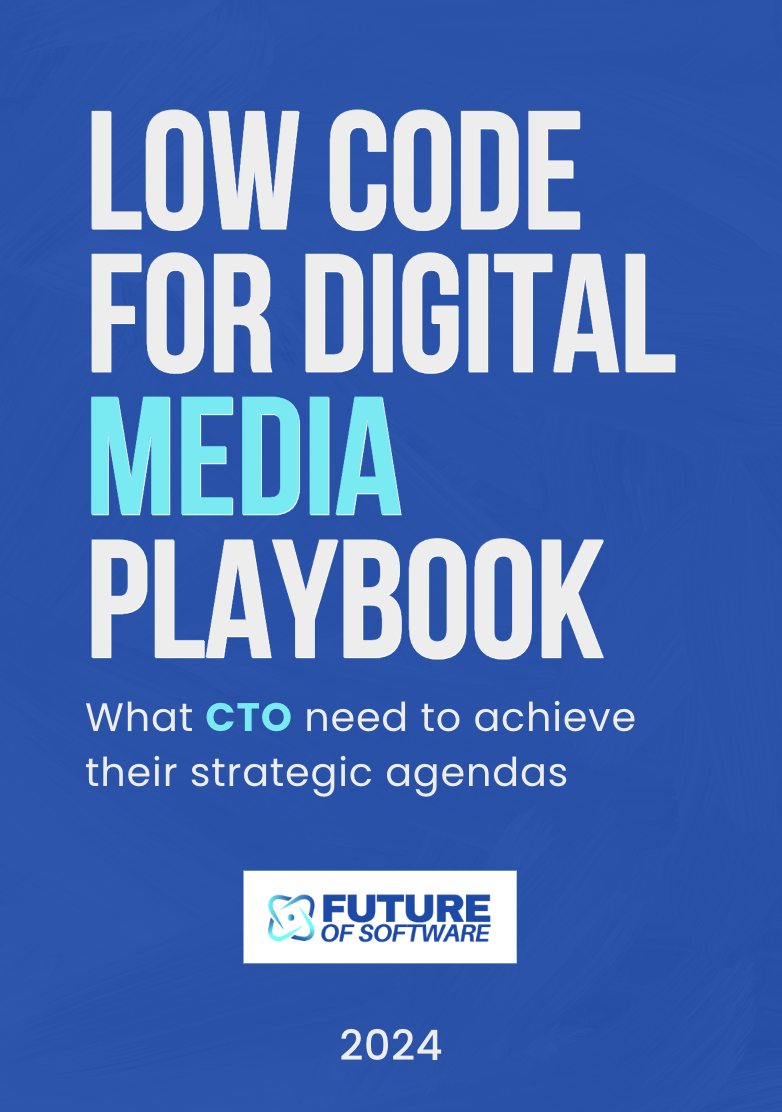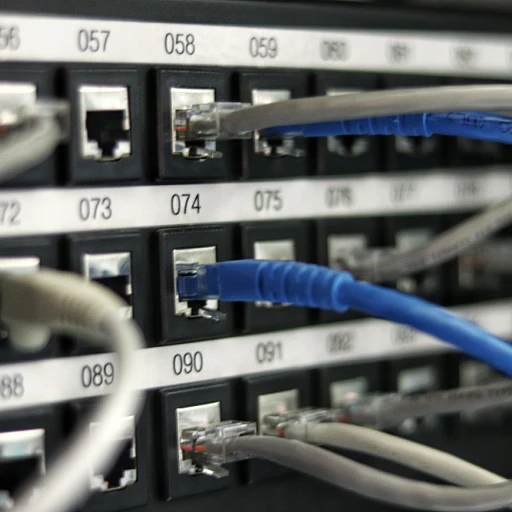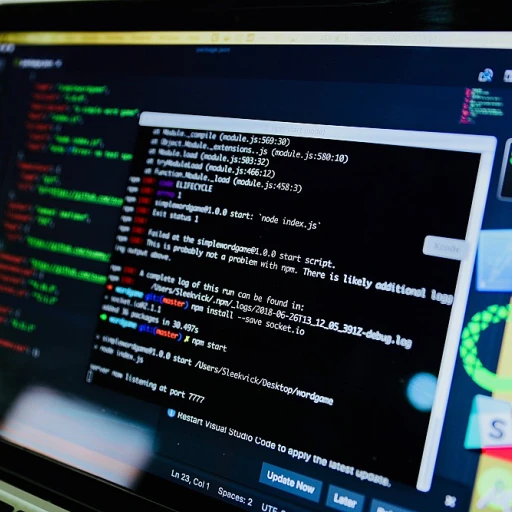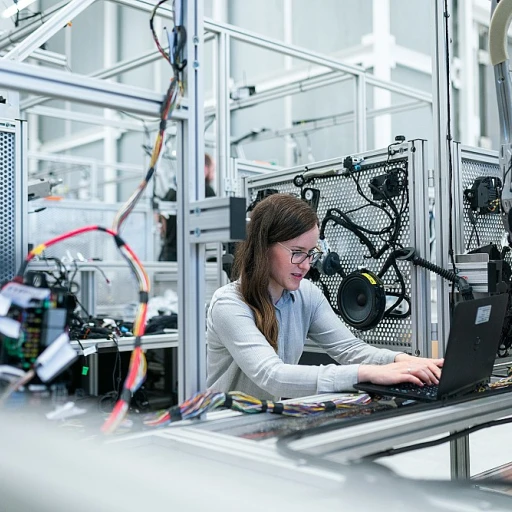Understanding Connected Devices and Their Impact
Connected Devices: A New Era of Interaction
In our everyday lives, connected devices have become as common as a morning cup of coffee. From smart refrigerators to fitness trackers, these gadgets are not just fancy tech toys but integral parts of our daily routines. The Internet of Things (IoT) is at the heart of this revolution, linking devices through wireless networks and transforming how we interact with the world around us.
The Ripple Effect on Software
With this surge in connected products, software development has had to keep pace. Every device, from a simple USB device to a complex smart home system, relies on software to function. This software needs to be adaptable, secure, and user-friendly. It’s not just about creating a version that works; it’s about developing an app that seamlessly integrates into a network of devices, providing real-time data and advanced options for users.
Impact on Everyday Life
Consider a smart thermostat. It’s not just adjusting the temperature; it’s learning your habits, optimizing energy use, and communicating with other network devices in your home. This level of interaction requires sophisticated software that can handle multiple commands, address security concerns, and offer a smooth user experience. The development of such software is not just a technical challenge but a creative endeavor that shapes how we live.
Why It Matters
The importance of connected device software extends beyond convenience. It’s about creating a network where devices can communicate efficiently and securely. With the rise of IoT devices, the demand for robust software solutions continues to grow. Developers are constantly working on new ways to improve connectivity, enhance security, and provide users with more control over their devices.
For those interested in how software is transforming urban environments, check out our insights on innovative software transforming smart cities.
The Role of Software in Connected Ecosystems
Connecting the Dots with Software
Software is like the glue that holds connected devices together. Whether it's your smart thermostat or a fitness tracker, each device relies on software to function seamlessly within a network. Think of software as the conductor of an orchestra, coordinating various instruments (or devices) to create a harmonious performance.
Software as the Backbone of Connectivity
Connected devices need software to communicate effectively. This software ensures that data flows smoothly between devices, whether through a USB connection or a wireless network. It manages everything from real-time data updates to security protocols, making sure your devices are not only functional but also safe.
Real-World Applications and Software
Consider a smart home setup. Your smart lights, thermostat, and security cameras all work together, thanks to the software running behind the scenes. This software handles device detection, assigns MAC addresses, and even manages network adapters. It provides advanced options for customization, giving you control over your connected products.
Challenges in Software Development for Devices
Developing software for connected devices isn't always a walk in the park. Developers face hurdles like ensuring compatibility across different network devices and managing software updates. There's also the challenge of optimizing apps for various operating systems, such as Windows or iOS, and making sure they run efficiently on each device.
Security: A Top Priority
With the rise of IoT devices, security is more important than ever. Software developers must prioritize security features to protect user data and prevent unauthorized access. This involves implementing robust security protocols and regularly updating software to address vulnerabilities.
For a deeper understanding of how software development is unlocking the potential of IoT, you can check out this detailed exploration.
Challenges in Developing Software for Connected Devices
Overcoming Roadblocks in Software Creation for Networked Devices
Creating powerful software that works seamlessly with networked devices is no small feat. Developers must navigate a minefield of potential issues, ranging from compatibility concerns to security challenges. Imagine you're crafting software for a diverse range of connected products. Each device, whether it's a smart thermostat or a USB device, has its own unique set of requirements and hardware limitations. This can make device detection and app development challenging, as developers need to ensure that software works smoothly across different operating systems, be it Windows or something else. Compatibility and Integration One of the most glaring challenges is ensuring compatibility across a mixed bag of connected devices. With new IoT devices constantly being released, software must keep pace with each version. Developers need to address differences in network adapters, USB devices, and wireless networks. Retrofitting an app to function across these various devices can be tricky. A developer might create an app for a network device, only to find that it doesn't communicate well over a wireless network or can't seamlessly gather data in real time. Network watchers and scan networks often provide insights, but it's still up to the developer to resolve these issues. Security Concerns Security is a prime concern. Each connected device represents a potential entry point for unauthorized access. Software must protect against such threats, which requires staying abreast of security protocols, data encryption, and regular updates. Missteps in securing a connected product can lead to data breaches, impacting a user's trust and the device's overall efficacy. With IoT devices proliferating, a software version that proudly claims to keep data secure may quickly find itself outdated. Developers must be vigilant, and advanced options in security software development are more important than ever. This means verifying mac addresses and keeping a close watch on network addresses to ensure that each device detected is legitimate. Performance Hurdles App development aimed at supporting connected devices also faces performance challenges. Maintaining speed and responsiveness, even as more devices join the network, is crucial. Imagine a connected home where each networked gadget operates with minimal delay. Achieving this seamless integration requires an exhaustive focus on both software design and hardware capabilities. To sum up, developing for connected devices is not just about coding; it's about crafting an experience resilient to the influx of challenges. For developers keen to navigate this tricky terrain, resources like exploring the future of natural language processing software can offer insights into ensuring seamless communication across connected networks. To further understand the role of software in connected devices, explore more about innovative software for a seamlessly connected future.Emerging Trends in Software for Connected Devices
Trends Shaping the Future of Software for Connected Devices
As connected devices become more integrated into our daily lives, software development for these gadgets is evolving at an exciting pace. Here are some of the trends that are shaping the future of software in this space:
- Real-Time Data Processing: With the rise of IoT devices, there's an increasing demand for real-time data processing. Software now needs to handle vast amounts of data quickly and efficiently, ensuring that users receive immediate feedback and insights. This requires advanced options in data management and network devices to keep everything running smoothly.
- Enhanced Security Measures: Security is a top concern for any connected product. As more devices connect to networks, the potential for security breaches increases. Developers are focusing on creating software that can detect threats in real time and address vulnerabilities swiftly. This includes features like network watcher tools and advanced security protocols to protect sensitive data.
- Seamless Wireless Integration: The convenience of wireless networks and USB devices has made them a staple in modern technology. Software is now being developed to ensure seamless integration with wireless network options, allowing devices to communicate effortlessly without the need for physical connections.
- Cross-Platform Compatibility: As users interact with multiple devices, software must be compatible across different platforms, whether it's Windows, macOS, or mobile operating systems. This ensures a consistent user experience regardless of the device being used.
- AI and Machine Learning: Artificial intelligence and machine learning are becoming integral to software development. These technologies enable devices to learn from user behavior, offering personalized experiences and improving over time. From smart home devices to network adapters, AI is enhancing the functionality and efficiency of connected devices.
These trends highlight the dynamic nature of software development for connected devices. As technology advances, developers are continually finding new ways to improve user experiences and address the challenges posed by an increasingly connected world.
The Future of User Experience in Connected Devices
Envisioning Tomorrow's User Experience
The user experience in the realm of connected devices is evolving fast. From smart thermostats to voice-controlled home assistants, the drive is towards seamless integration. This experience isn’t just about making life easier; it's about improving our connection with technology. The IoT shift means devices are now expected to engage in real-time, wireless often being the preferred option. As more options emerge, expectations for device software continually rise. Users demand not only quick setup but also intuitive interfaces. Consider writing to your smart fridge to check the expiry date of your milk—no more guessing games while grocery shopping! The development of apps that not only control multiple network devices but integrate well with existing systems is now more important than ever. With advances in technology, security concerns grow too. The vulnerability of network devices, like USB devices or anything connected via a network adapter, to unauthorized access is real. Software developments are focusing on command design that efficiently secures data, keeping both the USB and wireless networks safe. An example is the implementation of options windows that address these security challenges directly. The promise of a great user experience also extends to the efficiency of the devices themselves. Network watchers, which scan networks for device detection and MAC address identification, are playing crucial roles. The goal is a harmonious experience across devices, and developers are responding with advances that enhance connectivity and performance. The task now lies in perfecting these software versions to provide advanced options, making the devices fluid without causing repetitive setup hassles. As software development continues, what often seemed an endless loop in device connectivity is gradually transforming into a smoother experience. Embrace these developments. Whether tinkering with a network device or enjoying a connected product, the strides in app development are exciting and engaging. There's no stopping this journey into a seamlessly connected future; it’s already here and set to redefine how we interact with our devices in years to come.Preparing for the Future: Skills and Innovations
Building the Skills for Tomorrow's Software
As we look ahead to the future of software in connected devices, it's clear that the skills needed are evolving. The Internet of Things (IoT) is reshaping how we interact with devices, making it crucial for developers to stay ahead. Understanding how devices communicate over wireless networks and mastering the intricacies of data security are just the beginning.
Whether you're dealing with a USB device or a network adapter, having a firm grasp on real-time data processing is essential. As new versions of software emerge, developers will need to adapt quickly, learning how to integrate advanced options and address potential vulnerabilities. The ability to scan networks and detect devices efficiently will be a valuable skill set.
Innovative Approaches to Software Development
Software development is no longer just about coding; it's about creating connected products that enhance user experience. With the rise of IoT devices, developers must think beyond traditional app development. This means exploring new options, such as network watchers and advanced command interfaces, to ensure seamless device integration.
Windows and other operating systems continue to offer diverse development environments. However, the challenge lies in making these environments work harmoniously with a multitude of network devices. Developers must be prepared to adapt their strategies, embracing both wireless and wired options to suit various user needs.
Security: A Non-Negotiable Priority
In the world of connected devices, security isn't just an option—it's a necessity. As devices communicate over wireless networks, the potential for data breaches increases. Developers need to prioritize security at every stage of software development, from the initial design to the final deployment.
Understanding the importance of securing a device's MAC address and ensuring that data is protected in real-time is critical. As more devices become connected, the risk of unauthorized access grows, making it imperative for developers to stay vigilant.
Embracing Change and Innovation
The future of software for connected devices is bright, filled with opportunities for those ready to embrace change. Developers who are willing to learn and innovate will find themselves at the forefront of this exciting field. By staying informed about the latest trends and technologies, they can create software that not only meets current demands but also anticipates future needs.
As we continue to explore the possibilities of connected devices, the potential for innovation is limitless. Developers who keep an eye on emerging trends and focus on continuous learning will be well-equipped to lead the charge in this ever-evolving landscape.











